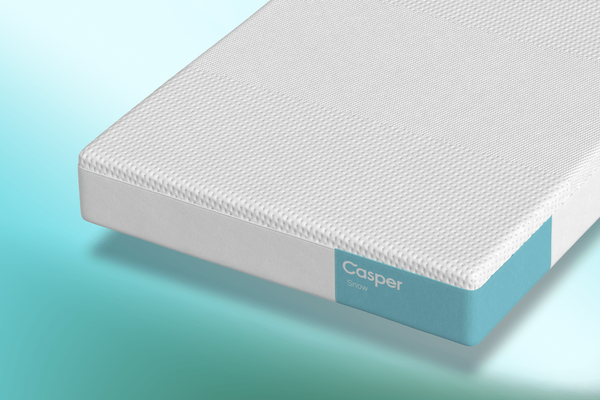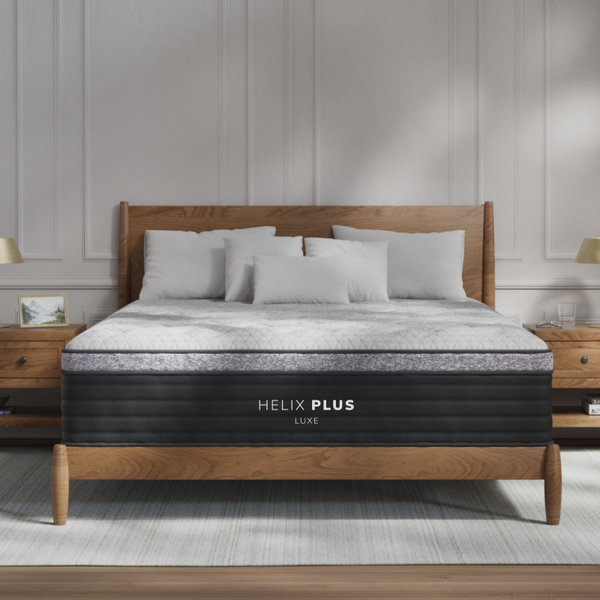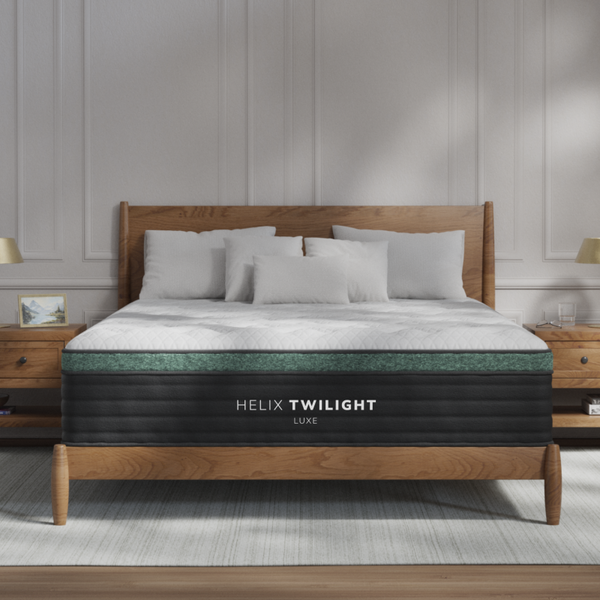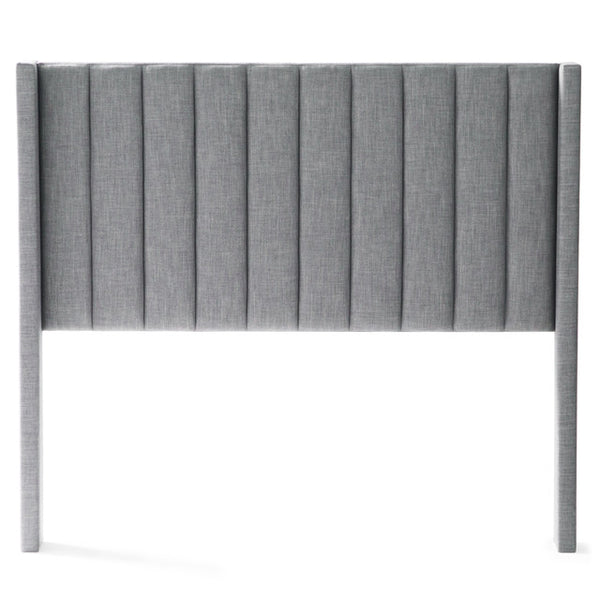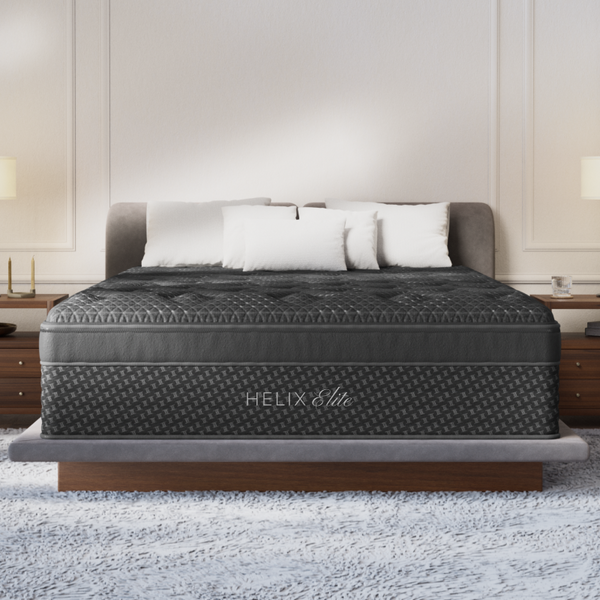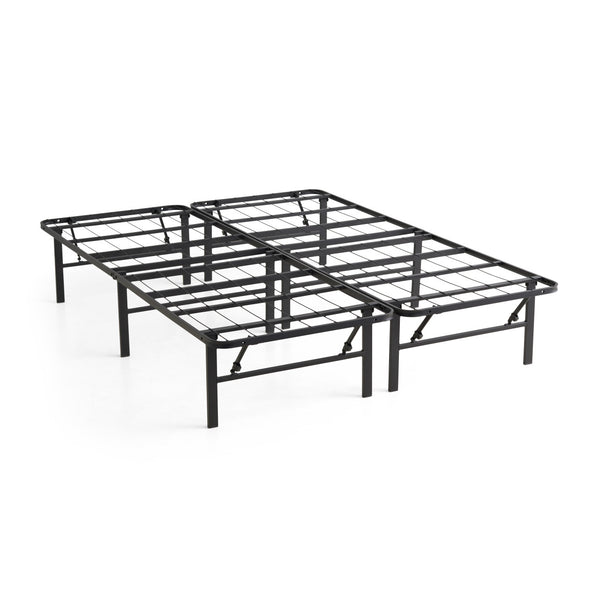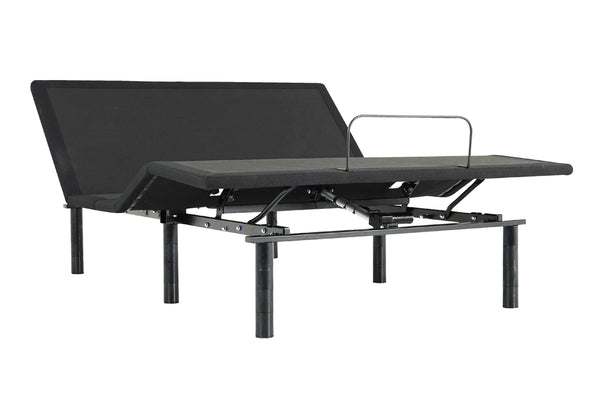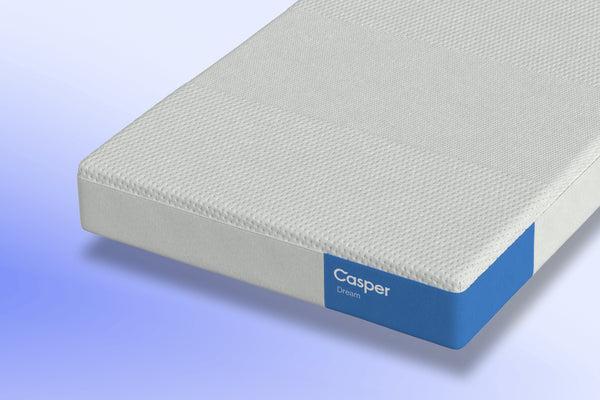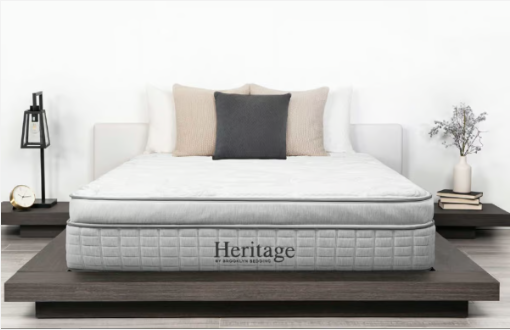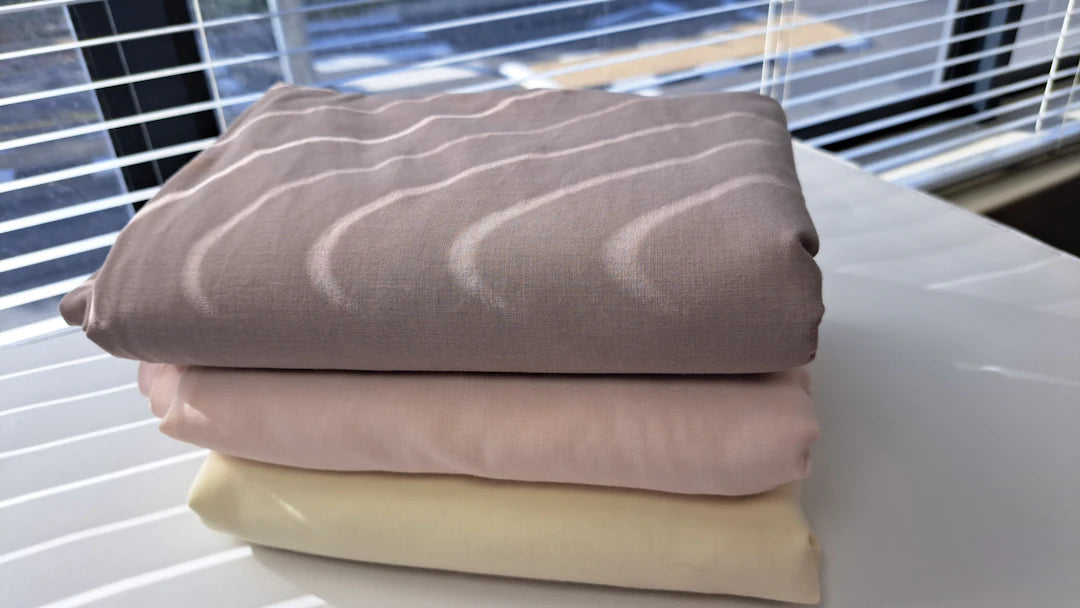
Frequently Asked Questions
1. What are the main types of mattresses discussed in the article?
2. What is a key benefit of foam mattresses?
3. What should stomach sleepers look for in a mattress?
4. Why might hybrid mattresses be a good choice for couples?
5. What is an important factor to consider when selecting a mattress?
When it comes to a good night's sleep, the type of mattress you choose plays a crucial role. With an array of options available on the market, understanding the different mattress types can be overwhelming. In this article, we’ll delve into the three most popular mattress types: foam, innerspring, and hybrid. Each type has its unique features, benefits, and drawbacks, which we will explore to help you make an informed decision for your sleep sanctuary.
Foam Mattresses: The Comfort of Conformity
Foam mattresses have surged in popularity over the last decade, mainly due to their comfort and support. Utilizing polyurethane foam, these mattresses conform to the body’s shape, alleviating pressure points and promoting spinal alignment.
Types of Foam
There are several types of foam used in mattresses today, each offering distinct advantages:
- Memory Foam: Known for its body-hugging qualities, memory foam responds to temperature and pressure, making it an excellent option for those seeking personalized support.
- Latex Foam: Derived from rubber trees, latex foam provides a responsive feel and is often cooler than memory foam. It is also naturally resistant to dust mites and mold.
- Polyfoam: This is a budget-friendly option and offers a range of firmness levels, although it may not provide the same longevity or durability as memory or latex foams.
Benefits of Foam Mattresses
Opting for a foam mattress comes with a myriad of benefits:
- Pressure Relief: Foam mattresses excel at contouring, distributing body weight evenly and reducing pressure on the shoulders and hips.
- Motion Isolation: They minimize motion transfer, making them ideal for couples; when one partner moves, the other is less likely to be disturbed.
- Hypoallergenic Properties: Most foam mattresses are resistant to allergens, dust mites, and mold, promoting a healthier sleep environment.
Considerations for Foam Mattresses
While there are many advantages to foam mattresses, there are a few considerations:
- Heat Retention: Some types of foam, especially traditional memory foam, can trap heat, which may not be suitable for hot sleepers.
- Odors: Off-gassing is a common occurrence with foam mattresses. New mattresses may emit a chemical smell but typically dissipate within days.
- Edge Support: Foam mattresses can lack edge support, making it challenging for some sleepers to sit or lie near the edge without feeling like they might roll off.
Innerspring Mattresses: A Classic Choice
Innerspring mattresses have stood the test of time, featuring a core of steel coils that provide support and durability. These traditional mattresses have been popular for decades, appealing to those who prefer a bouncier feel and more responsive support.
Construction of Innerspring Mattresses
Innerspring mattresses can vary largely in construction:
- Coil Count: The number of coils can influence the support level; more coils often provide better support and durability.
- Coil Type: Different coil types (such as Bonnell or pocketed coils) affect how the mattress feels and performs.
- Comfort Layers: Innerspring mattresses often include comfort layers made from foam, fiber, or other materials to enhance surface comfort.
Benefits of Innerspring Mattresses
Choosing an innerspring mattress offers several benefits:
- Breathability: The open coil design promotes airflow, helping to keep the mattress cool and comfortable.
- Firmness Options: Innerspring mattresses usually come in a variety of firmness levels, catering to diverse sleep preferences.
- Affordability: Generally, innerspring mattresses are more budget-friendly compared to high-end foam options, making them accessible to various consumers.
Considerations for Innerspring Mattresses
Despite their advantages, innerspring mattresses also come with some drawbacks:
- Durability: The longevity of innerspring mattresses may be less than that of foam or latex options due to coil fatigue over time.
- Motion Transfer: Couples may find that movement can be felt more acutely due to the coil design, affecting sleep quality.
- Pressure Points: Depending on the comfort layers, some innerspring mattresses may not adequately relieve pressure points, leading to discomfort.
Hybrid Mattresses: The Best of Both Worlds
Hybrid mattresses combine the best qualities of foam and innerspring mattresses, featuring a coil support system topped with layers of foam. This harmony creates a balanced sleeping experience that caters to a wide array of preferences.
Understanding Hybrid Construction
Hybrid mattresses are designed with multiple comfort layers, often including:
- Memory Foam: This layer provides pressure relief and comfort, adapting to your body for personalized support.
- Latex Foam: Incorporating latex adds bounce and reduces heat retention, creating a cooler sleeping experience.
- Coil System: The coil base offers support and bounce while allowing airflow for breathability.
Benefits of Hybrid Mattresses
Hybrid mattresses offer a unique range of advantages:
- Support and Comfort: The combination of foam and coils provides both contouring support and a responsive feel, catering to diverse sleep styles.
- Temperature Regulation: With a coil base and breathable foam layers, hybrids help keep you cool throughout the night.
- Motion Isolation: Hybrids still maintain good motion isolation while offering the advantages of a bouncier feel.
Considerations for Hybrid Mattresses
Although hybrids provide a well-rounded sleep experience, there are factors to consider:
- Price Point: Hybrid mattresses can be more expensive than traditional innerspring mattresses, making budgeting an essential consideration.
- Weight: Hybrids tend to be heavier than other options, possibly complicating transportation and setup.
- Durability Variances: The longevity can depend on quality; lower-cost hybrids may not last as long as premium options.
Choosing the Right Mattress for You
Selecting a mattress should be a well-thought-out process, considering various factors tailored to your unique sleep needs. Here are some tips to guide you in your decision-making:
Define Your Sleeping Position
Your typical sleeping position should heavily influence your mattress choice:
- Side Sleepers: Look for a mattress that offers cushioning, particularly around the shoulders and hips. Foam and hybrid options are excellent for this.
- Back Sleepers: You benefit from a medium-firm mattress that supports the natural curvature of your spine, making innerspring and hybrids ideal.
- Stomach Sleepers: A firmer mattress helps prevent excessive sinking, a quality more often found in innerspring and latex mattresses.
Consider Your Partner’s Preferences
If you share a bed, it’s vital to find a mattress that caters to both your preferences. In this case, hybrids might be an excellent choice due to their balanced support and motion isolation. Discuss your likes and dislikes to make the best collaborative choice.
Test Before You Buy
Trying out mattresses in-store or taking advantage of sleep trials online can be game-changers. Everyone has unique comfort preferences; spending time on different mattresses may help you identify what feels best for you.
Your Journey to Better Sleep Starts Here!
Understanding the differences between foam, innerspring, and hybrid mattresses will help pave the way for achieving better sleep. Each mattress type brings a unique set of advantages and considerations that suit various individuals' needs and preferences. By evaluating factors such as sleeping position, comfort level, and budget, you can confidently choose the right mattress that leads to restful nights and brighter mornings. Transform your sleep experience by exploring our selection of mattresses today and embark on your journey to the optimal sleep haven you deserve!

